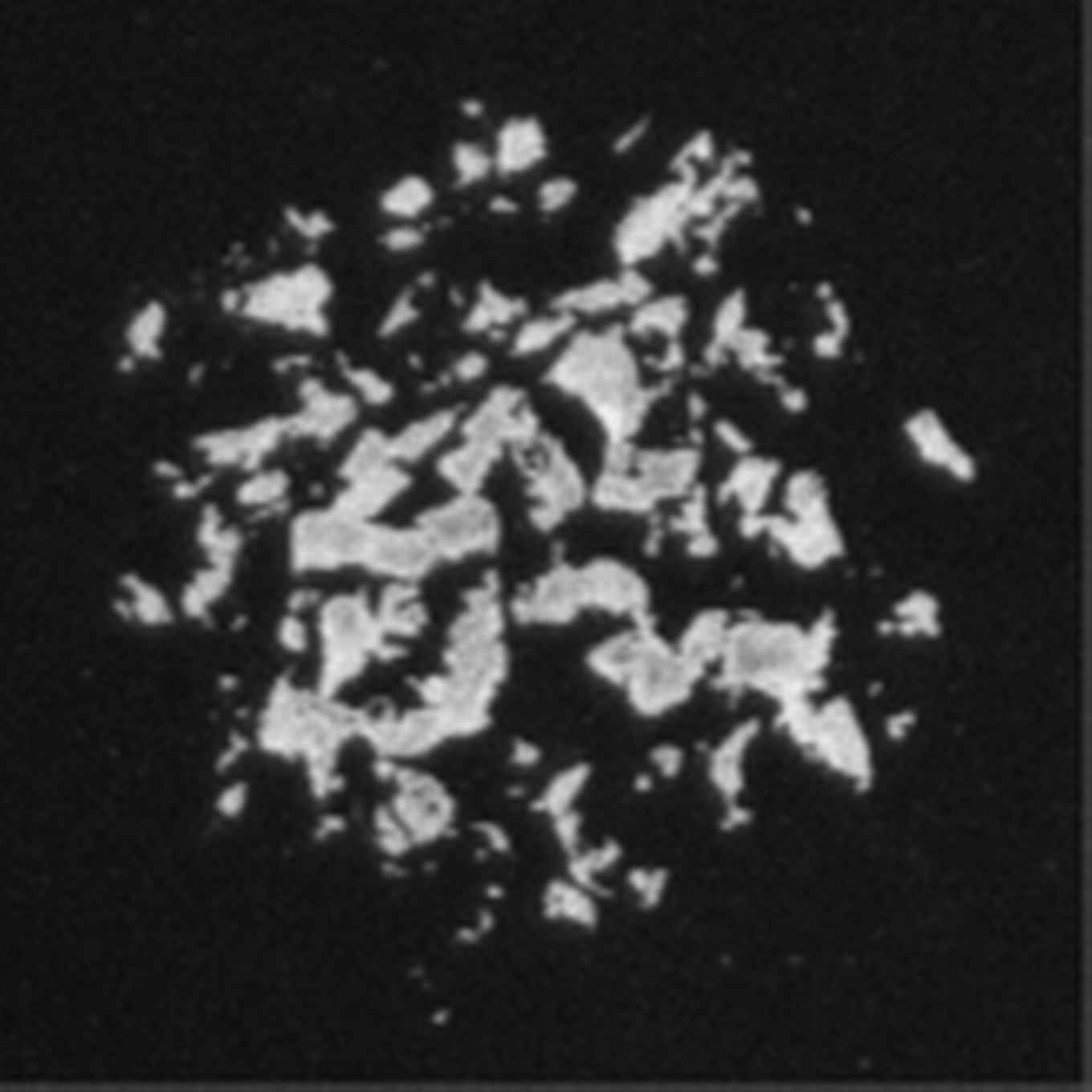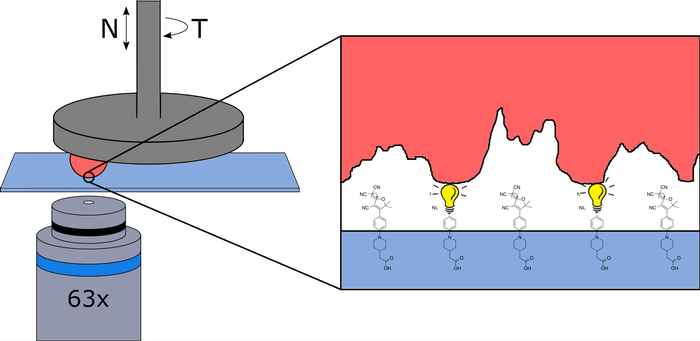What do earthquakes and violins have in common?
5 April 2019

Earthquakes are the result of stick-slip motion along fault lines in the earth's crust. An experiment at a smaller scale that reproduces such movements goes as follows: put a thick book on a table, attach a rubber band to the book and pull the rubber band to get the book moving. The moment the force with which the rubber band is pulled becomes greater than the frictional force between the book and the table, the book shoots forward, and then it comes to a stop again. The cause of this jerky movement – also called stick-slip – is that the frictional force that counteracts the sliding movement of the book is reduced when the book starts to move: the dynamic friction is lower than the static friction.
Innovative experiment
How is it that the friction decreases when the movement starts? That is precisely the question that physicists Daniel Bonn and Bart Weber (UvA-IoP) and chemists Fred Brouwer en Tomislav Suhina (UvA-HIMS) answer by means of an innovative experiment. In this experiment (see figure 1), the interface between a glass slide and a plastic ball of about 1 mm in size is imaged using a fluorescence microscope. A single layer of pressure-sensitive molecules is attached to the glass surface. These molecules light up when they come into contact with the ball and thus show where the highest peaks on the rough spherical surface touch the flat glass plate. The contact points are collectively responsible for generating the friction force between the two surfaces; the greater the area over which the surfaces touch, the higher the friction force. To explain the decreasing friction, it is therefore often assumed that during the transition from static to dynamic friction the total area over which the two surfaces touch shrinks – just like the friction force itself. The new measurements show that this is not the case, and that there is an alternative explanation for the difference between static and dynamic friction. At the moment the ball starts to move, the contact points melt, as it were, making them slide more easily and lowering the friction.

Publication
The researchers published their results in the journal Science Advances this week.
Frictional weakening of slip interfaces, B. Weber, T. Suhina, A. M. Brouwer and D. Bonn. Sci. Adv. 2019, Vol. 5, no. 4, eaav7603.